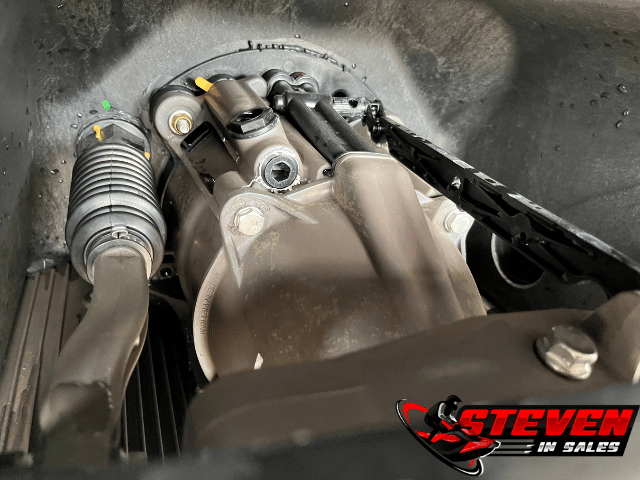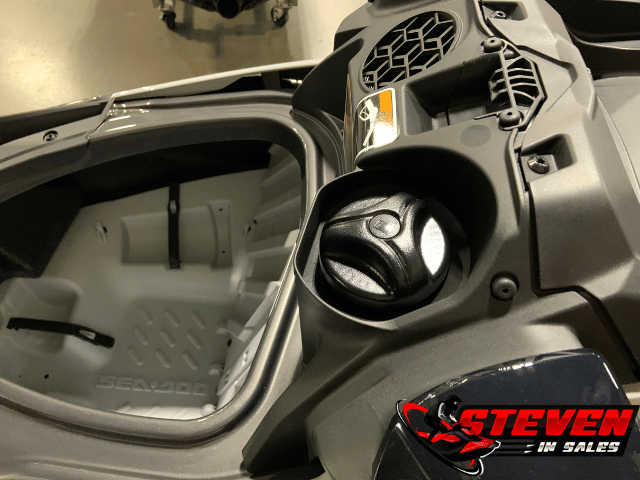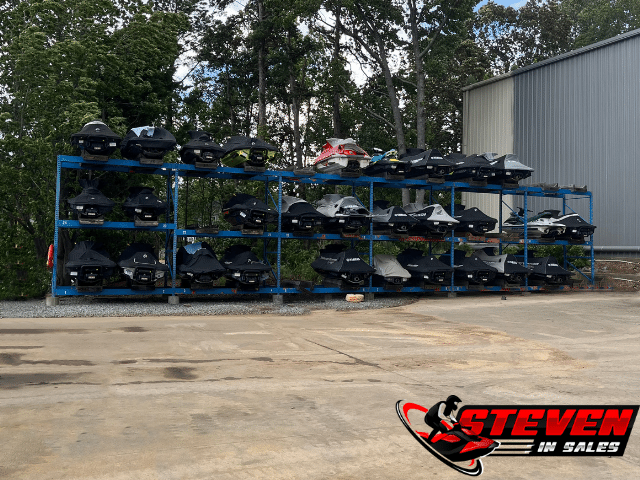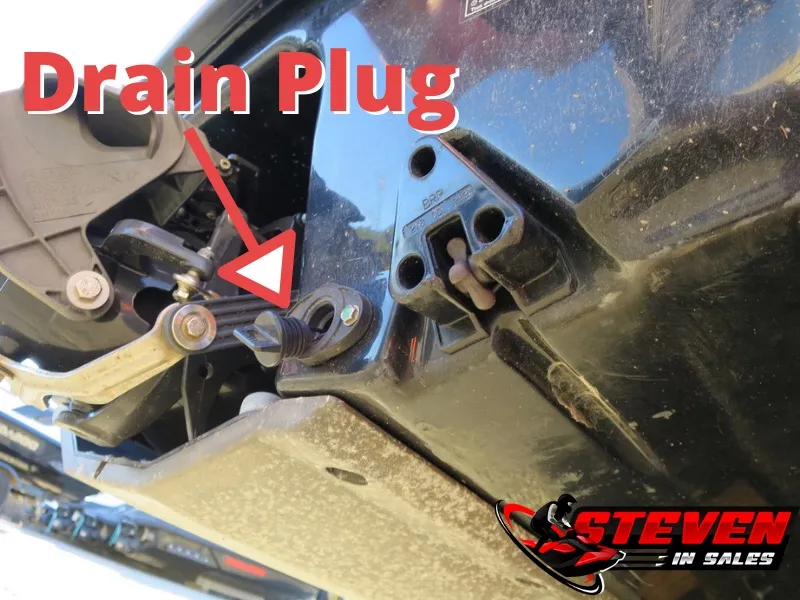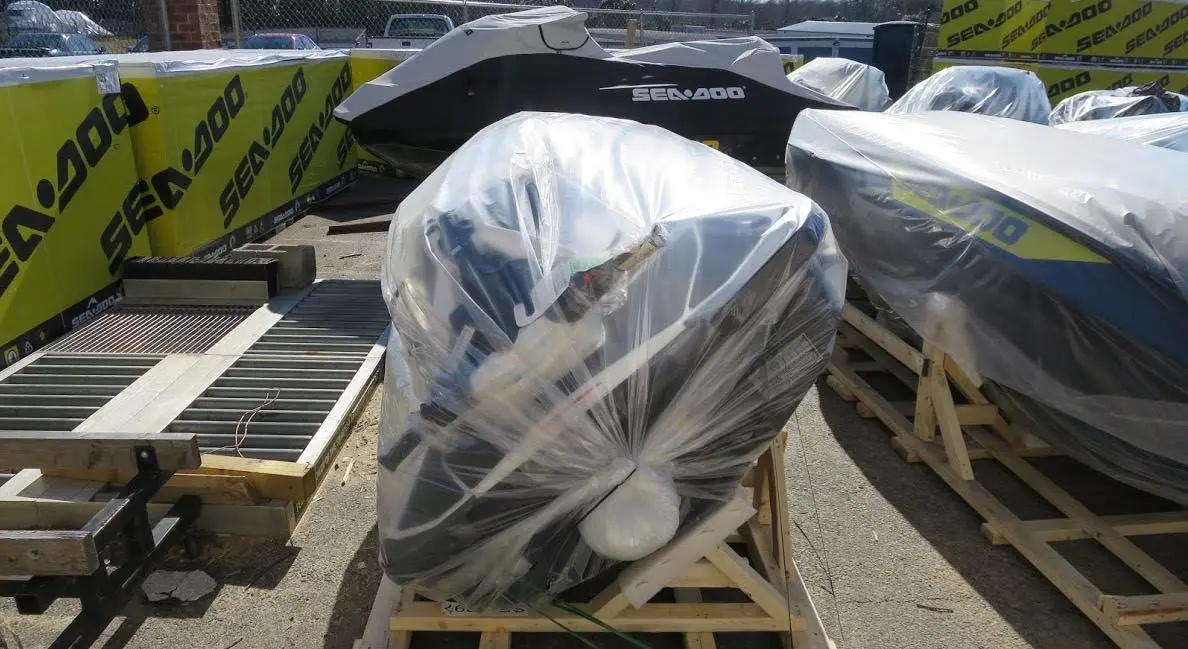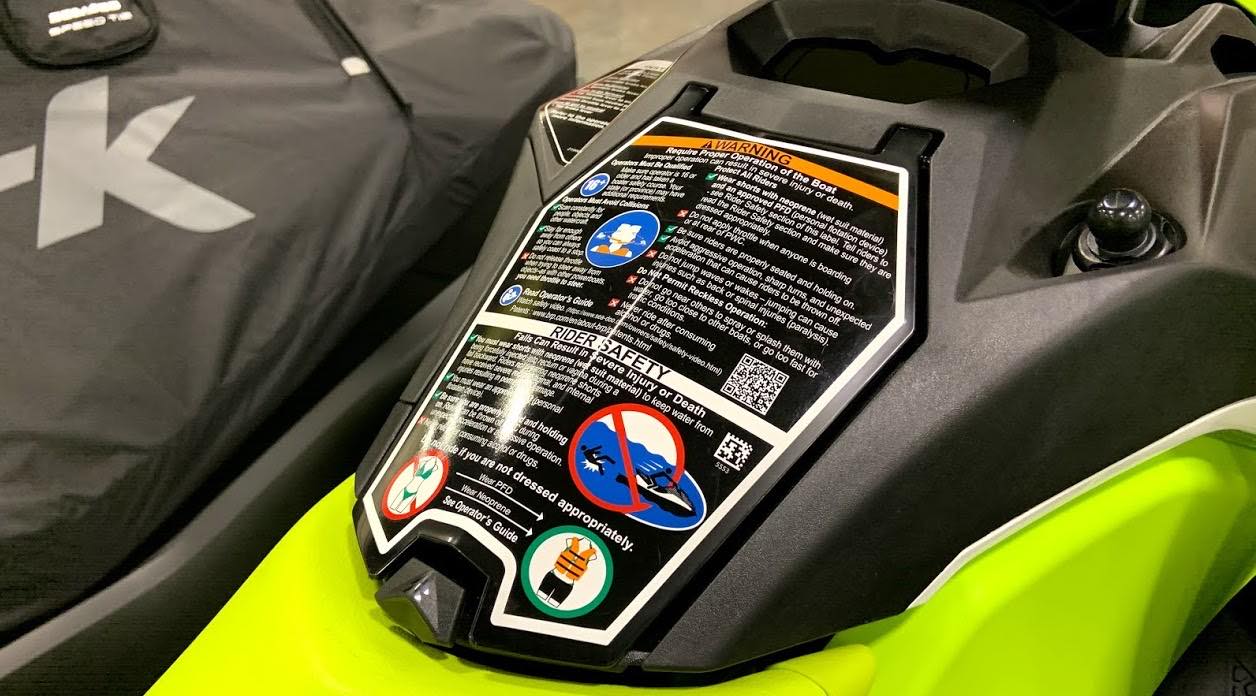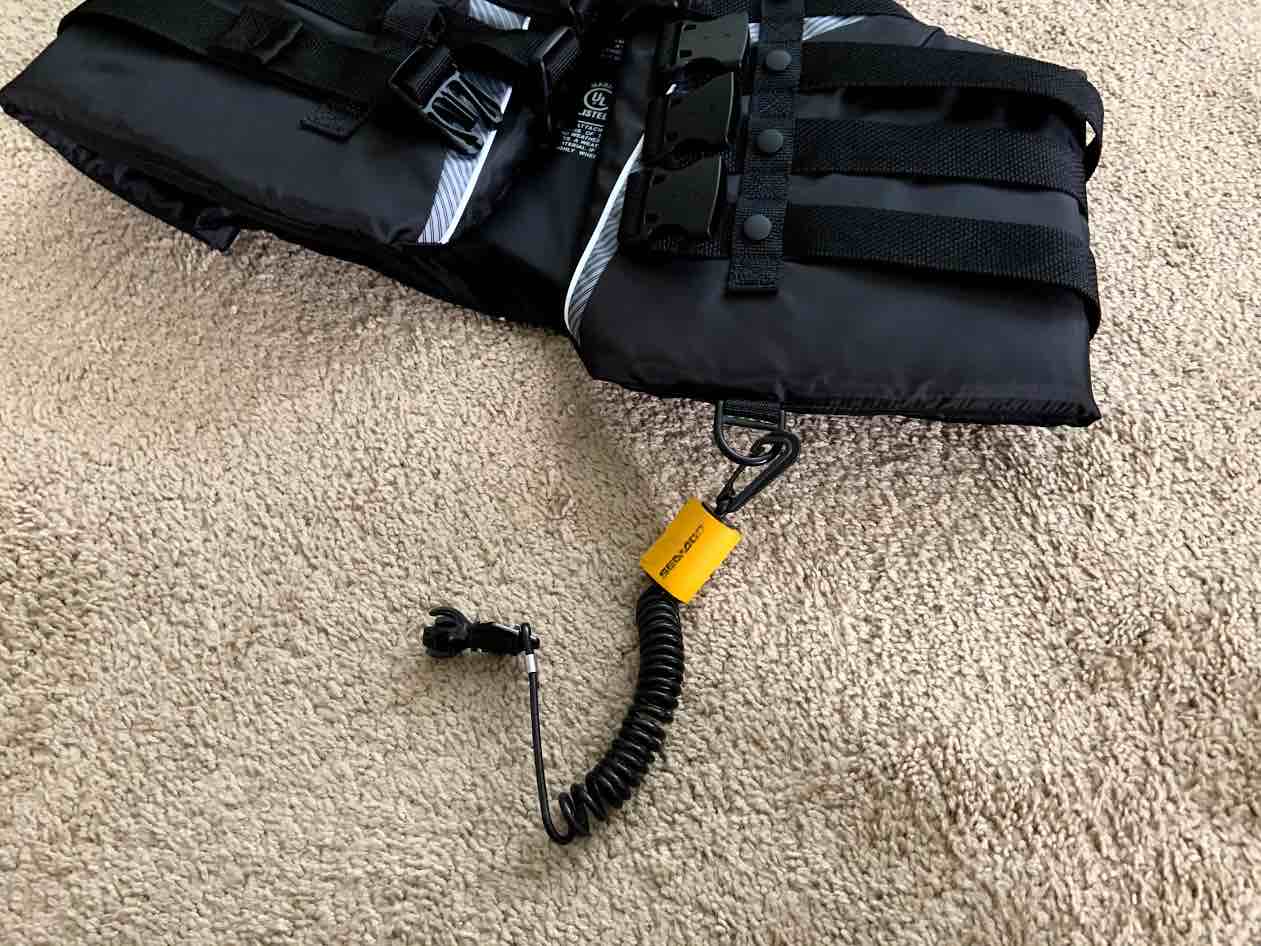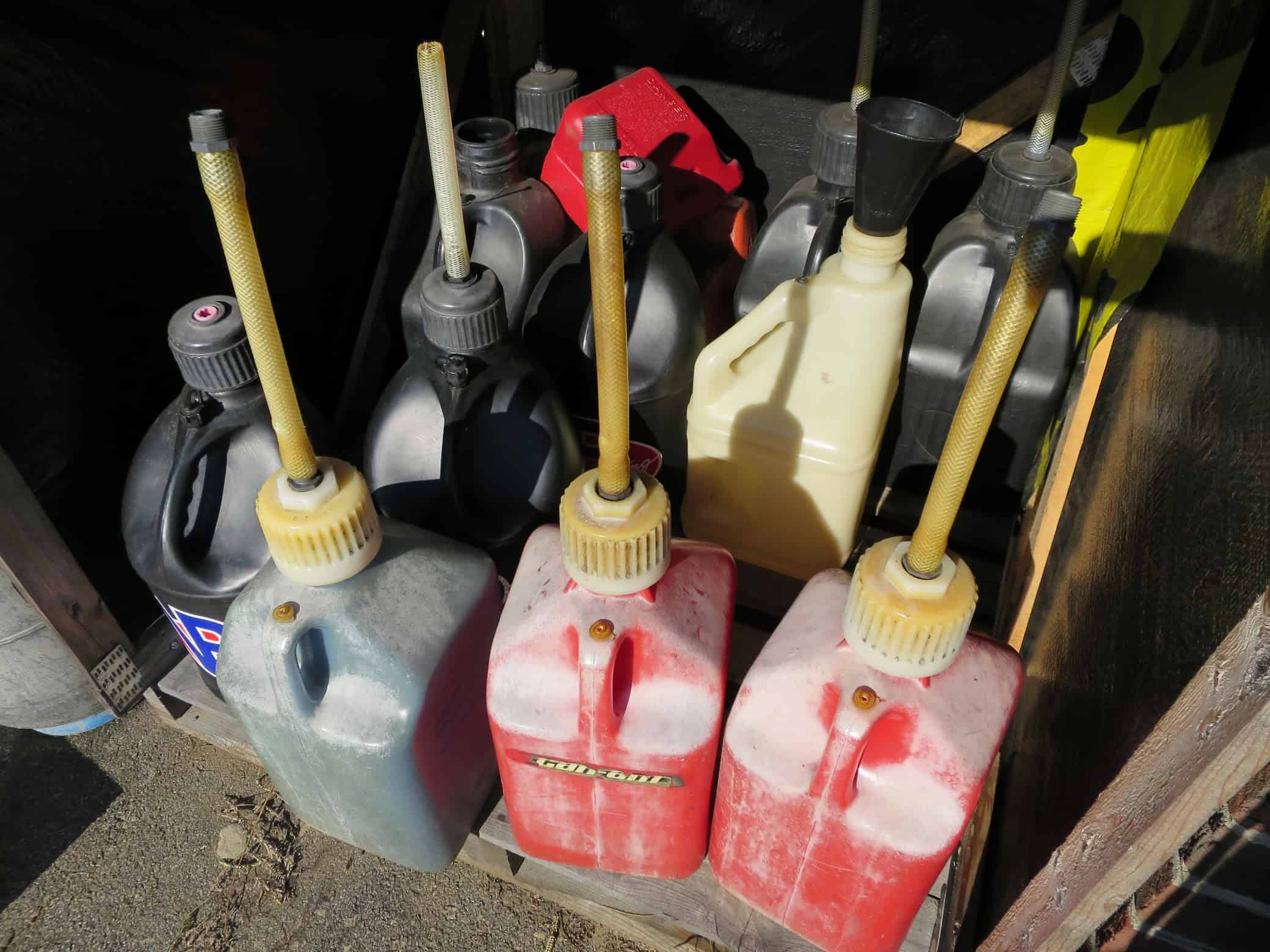How A Jet Ski Jet Pump Works With Detailed Images
Jet skis and jet boats utilize a self-contained jet pump for propulsion and maneuverability, unlike regular boats which use exposed propellers. The jet pump consists of a steering nozzle, impeller, wear ring, driveshaft, reverse bucket, bailer tubes, and an intake grate, handled by the direct drive system. Advantages of jet drive systems include having no exposed prop, finer control, ability to function in shallow waters, and lesser maintenance.
